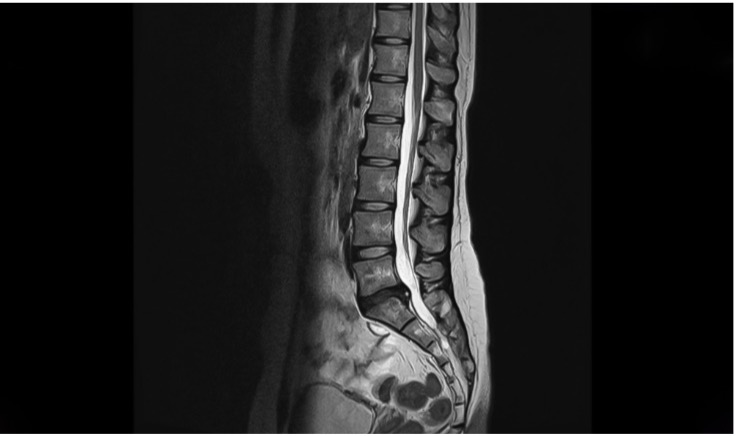Your Pain Relief Plan Part 4
In the first three parts of this pain relief series
Your Pain Relief Plan Introduction
I discussed why we feel pain and how the degree of pain felt due to lifestyle factors could vary widely from one individual to the next. Also, when long term, typically over 3 months, the brain would effectively lock the pain in. Emotional trauma, even as far back as childhood, had been found to lock in pain for almost a lifetime.
I then went into more detail about how pain works and discussed the implications of ageing and the differences between acute and chronic conditions, and the most effective ways of treating these.
With this as a background, we will now explore the causes of nerve-related neuropathic pain and how it gets locked into the body. This in turn clarifies why exercise and /or some drugs may not be the correct pain relief solution when suffering neuropathic pain.
Pain Assessment
It should be clear by now that it is vital to be properly assessed by a qualified therapist before treatment starts. Otherwise totally, the wrong treatment could be provided. But we need to go back one stage further to obtain an effective assessment.
In a separate series of blogs on A Different Perspective on Your Physiotherapy Assessment, I explained the vital steps needed for a successful assessment before even starting the physical assessment. This included creating the right environment to build connection and trust, without which a detailed understanding of the back story behind the problem could not be effectively communicated.
 Even with this approach, therapists, however qualified, are trained to manually assess conditions but ultimately can only come up with a provisional diagnosis. To confirm this diagnosis, additional scans, such as EMG to look at nerve function, MRI, Xray and ultrasound may be needed. Even then, some conditions are invisible to such scans. Scans may thus be able to eliminate some causes, but not able to confirm the actual cause. A good example is that neither MRI nor X-ray can see muscle spasms, the latter being responsible for a lot of neuropathic problems, such as sciatica.
Even with this approach, therapists, however qualified, are trained to manually assess conditions but ultimately can only come up with a provisional diagnosis. To confirm this diagnosis, additional scans, such as EMG to look at nerve function, MRI, Xray and ultrasound may be needed. Even then, some conditions are invisible to such scans. Scans may thus be able to eliminate some causes, but not able to confirm the actual cause. A good example is that neither MRI nor X-ray can see muscle spasms, the latter being responsible for a lot of neuropathic problems, such as sciatica.
Holistic Treatment
Those of you who have previously had a dislike or mistrust of the term holistic, should by now, if you have read my previous three parts of this series, realise that even latest scientific technology has measured non scientific factors as having significance. It has been confirmed that pain is modulated by factors such as attention, anticipation, empathy, placebo, meditation, fear, anxiety, posture, emotion and movement. This, in turn, has confirmed the benefits of a more holistic approach to assessment and treatment.
Our ancient Doctors, called Shamans at the time, always knew that the link between mind and body was key to healing. Those same ancient Doctors would look at the whole body, the mindset, fitness, diet and lifestyle of the patient. They also knew that the level of social support the patient had was a key factor.
Latest research is confirming these same links between mind and body as it has now been found that without consideration of the whole, Long-COVID sufferers, for example, will struggle to heal.
Further, we know that the backstory and meaning to the patients’ pain is
essential to understanding the suffering. Without listening to and understanding the backstoryand
 meaning, the minds’ healing process cannot start. Evidence suggests that in chronic and complex pain cases, there are likely to also be problems with fear, mood and personality.
meaning, the minds’ healing process cannot start. Evidence suggests that in chronic and complex pain cases, there are likely to also be problems with fear, mood and personality.
The negative factors in our modern day lifestyle, particularly as the world is experiencing a pandemic, are worsening. As a consequence, it is feared that that there will be both an increase in the rate of chronic pain cases and the severity of its impact will have widespread social implications.
The case for a more holistic approach is thus building if we want to successfully fight this growing threat.
Pain Relief – The Way Forward
Pain, as we have seen, can result from a multitude of causes. Pain can be acute or chronic, physical or emotional, physical or neuropathic and is impacted by other factors including emotion, mindset, exercise, nutrition and lifestyle.
Clearly, the therapist you choose needs to be properly qualified to assess and treat you both physically and holistically and incorporate the significance of your mindset, fitness, diet, lifestyle, emotional support network and be empathetic to your story.
In the final part of this blog series Pain Relief – Your Escape Plan I will explain in more detail the approaches to treating the symptoms of chronic pain problems and highlight the differences between maintenance and wellness. Lastly, I introduce our clinic's own 4 Keys To Health approach and how it fits with Wellness.
Call 01889 881488 Now
p.s. Don’t try to book online at this time as that is only suitable for existing clients already being treated for an existing problem.
